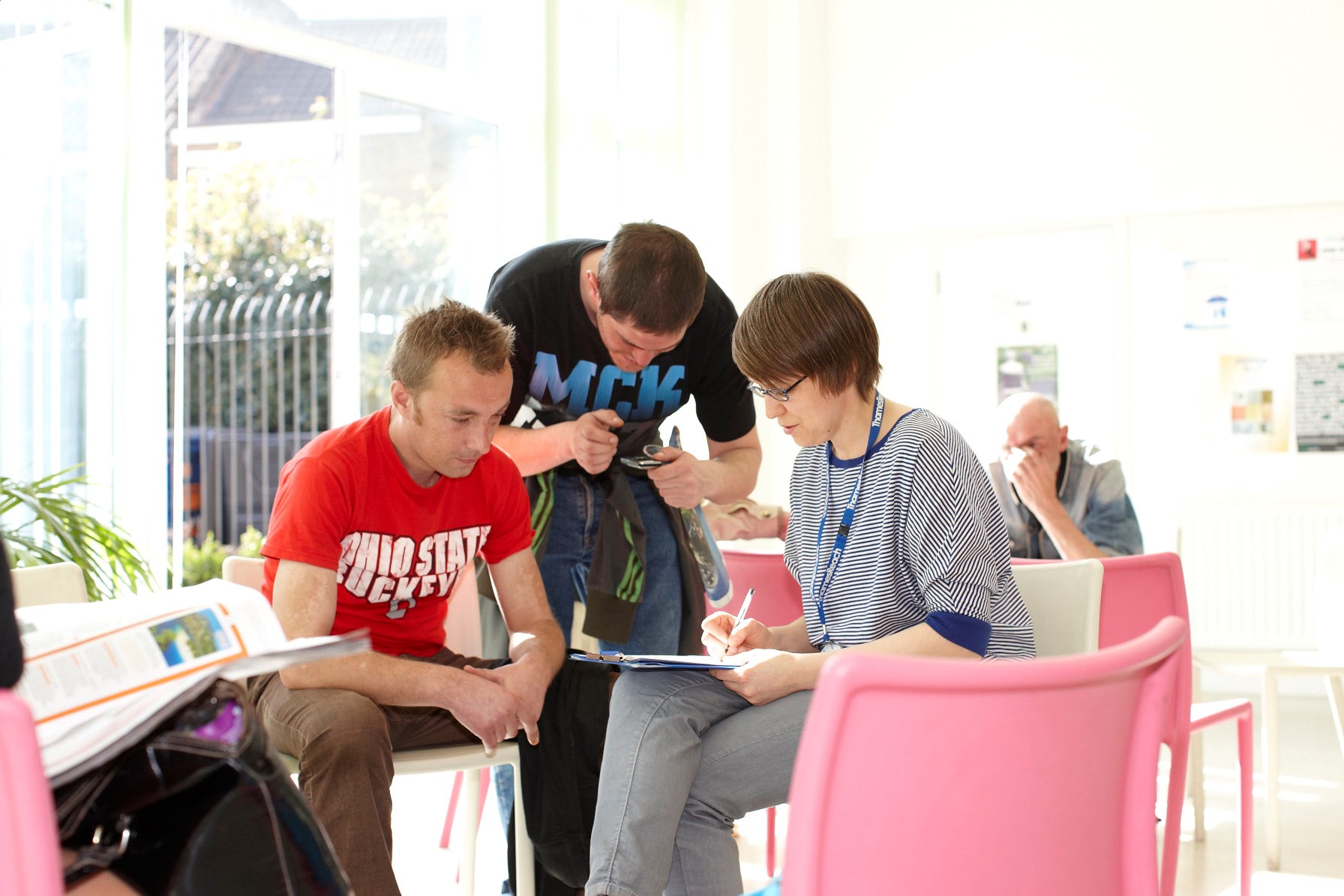13.11.2021 | Case Study
In practice: New approaches to tackle homelessness across England

Sharing more granular data enables more effective delivery of programmes tackling homelessness
Over the last decade, projects to tackle homelessness have become more successful – partly because the Government has changed the types of data collected and shared from projects. Today’s metrics tell us much more precisely about the types of housing people occupy, their general well-being and how sustained their progress is over time.
This detailed information has helped projects to spot opportunities to improve mid-delivery, and tweak their approaches. They have also compared their results with comparable programmes and adopted the more promising practices. Equally, later projects have adapted their designs in line with what has worked best in the past. Thus, granular data has led to better delivery – and better value for money – both in the immediate and longer term.
Using data to inform change
When the Ministry for Housing, Communities and Local Government (MHCLG) – now the Department for Levelling Up, Housing and Communities – asked local councils in 2016 to intervene earlier for people with housing difficulties, the London borough of Brent responded by launching the Single Homelessness Prevention Service (SHPS). This identified people with a clear risk of becoming homeless in the coming eight weeks, and reached out to help them find solutions. The service captured detailed background information from each person, then tracked each attempt to find housing, the date of a new tenancy starting, and the duration of each stable tenancy.
Delivery partners quickly saw trends in the analysis. For example, an individual’s success in gaining employment appeared – surprisingly – to have an inverse correlation with their likelihood of securing a new tenancy. Further exploration revealed that private landlords were worried by low-income work (particularly for those working irregular hours), and feared tenants would struggle to pay the rent; they preferred the stability of housing benefit payments (in particular disability benefits). Armed with this insight, delivery partners were able to put in place dedicated strategies to help people with irregular wages to secure tenancies.
“The Department’s unusual decision to insist on quarterly, transparent data publication between all the projects enabled continuous improvement in results throughout delivery”
The SHPS service has since scaled to an additional five boroughs and across Norfolk, with eight innovative organisations now delivering preventative support in their local areas. 3,536 people have already been successfully diverted from homelessness, and deeper insights are being generated as the numbers increase – resulting in more learning, and more successes each year.
Sharing data across multiple projects
MHCLG also wanted to focus targeted support on young people who had become homeless and unemployed. Between 2014 and 2017, it ran projects across seven different areas to trial different approaches. Each had an identical set of clearly defined, independently verified progress metrics, regularly capturing accommodation, education and employment status, and broader changes in health and wellbeing. MHCLG brought all seven projects together regularly, and shared the full list of progress metrics achieved every three months.
This approach catalysed immediate learning. Projects offering volunteering, employability courses and CV writing classes saw less success than hoped, whereas those working directly with employers to spot vacancies, match young people with them and mediate during rocky patches proved to be highly effective. All seven projects were able to continuously improve by analysing data and sharing hypotheses.
According to the Centre for Homelessness Impact (part of the What Works Network), these projects were “perhaps the stand-out outcomes-based commissioning example so far for improving employment outcomes for people experiencing homelessness with high needs.” The Department’s unusual decision to insist on quarterly, transparent data publication between all the projects enabled continuous improvement in results throughout delivery.
A third got jobs, with 57 per cent of those sustaining full-time posts for at least three months and 40 per cent for six months, while others gained part-time employment.
Learning from past projects
The granular approach also benefits subsequent projects. Between 2012 and 2014, MHCLG had launched two projects to help people repeatedly sleeping rough across London. It insisted on publishing granular data on the number helped, strategies used and types of accommodation found from both projects each quarter, and also in the final evaluation.
This information was invaluable when MHCLG commissioned similar projects around the country in 2017. Bidders were able to copy the personalised support that had worked so well in the early London projects, but also enhance areas which hadn’t worked so well (cf. chapter 8). By building deeper relationships with local housing associations, re-thinking mental health support, and redesigning the criminal justice pathway, they were able to house twice as many people with the same budget as the previous projects, while three times as many people were still off the streets 18 months later.
“Sometimes, people are nervous about publishing data. But these initiatives show that openness pays off in terms of benefits to citizens, and that sharing information can drive improved performance.”
The MHCLG approach to defining and verifying exceptionally high-quality data – and sharing it widely – was recognised throughout the Civil Service. The MHCLG homelessness team won the prestigious cross-government Chris Martin Policy Award, both for its success in tackling homelessness, and for the high quality of information made available.
Tim Gray, a homelessness advisor to the department, said: “The MHCLG’s innovative attitude to gathering and publishing data has demonstrated to other parts of Government the potential rewards of being brave about information on the performance of programmes. Sometimes, people are nervous about publishing data. But these initiatives show that openness pays off in terms of benefits to citizens, and that sharing information can drive improved performance. It also means new programmes can be commissioned making full use of the lessons learned from old ones.”


